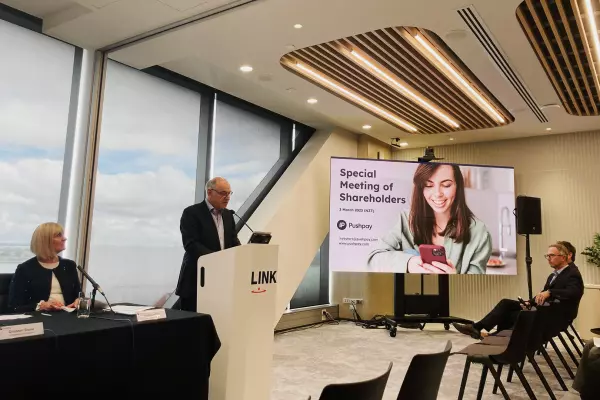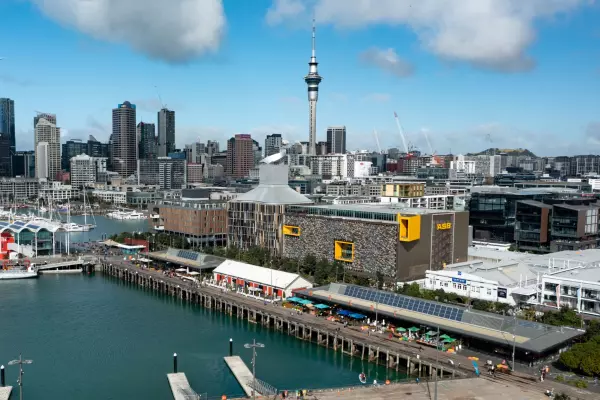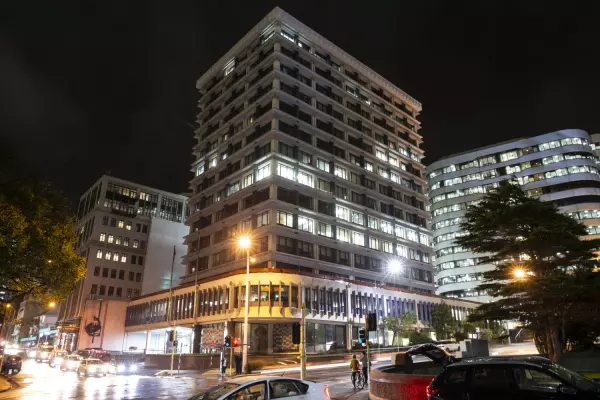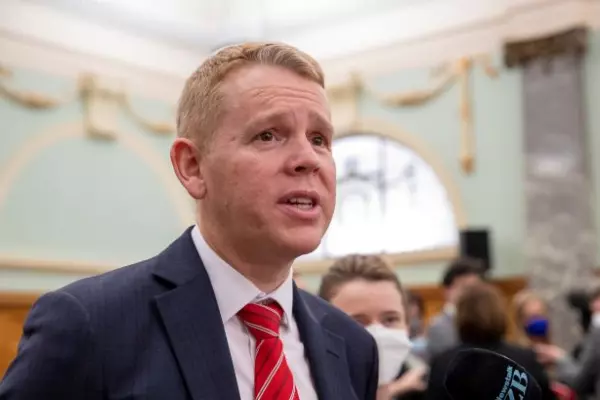Real estate firm Barfoot & Thompson said it has begun the year with almost a quarter more homes for sale than it did in 2021 as listings increase while sales numbers decline.
Managing director Peter Thompson said the firm had 948 new listings in December – up from 868 last year – and a total of 3,646 listings on the company’s books at the end of the year, up 24%.
Thompson said the housing market was sustaining its momentum, with the average sales price in the month increasing 7.4% on the past three months to a record $1.3m.
But the number of sales was down 38% on the previous year and 22% on the previous month, which some see as a sign a buyer’s market is beginning to emerge.
The CoreLogic House Price Index uses a rolling three-month collection of sales data, and it showed property values rose 1.9% nationally in the three months ended December – a slight lift on the prior three months which grew at 1.8%.
The index finished with an average house price of more than $1 million for the first time at $1,006,632 and annual market growth of 27.4%. The previous index record of 24.4% annual growth was in 2003.
Head of research at CoreLogic, Nick Goodall said listings had swung to the positive which will improve choice for buyers and reduce some vendor power over pricing.
However, he said prices are unlikely to fall any time soon as vendors aren’t sufficiently motivated to accept less than the perceived value of their property.
“We are calling it a vendor standoff, because they’ve got expectations from what their neighbours sold for and there is no desperation for them to sell – so they’ll just hold,” he told BusinessDesk.
The big question, he said, was whether conditions turn enough that values actually start to drop. This could happen if inflation remains high and the Reserve Bank of New Zealand pushes the official cash rate upwards.
But again, Goodall said responsible lending practices had been ratcheted up and the labour market was strong, meaning the likelihood of forced sales or even motivated vendors remains low.
“Sales volumes have slowed down because there are fewer buyers in the market and fewer buyers able to get the money required,” he said.
“There are more properties available for sale but it's not because more coming to market. It's just because those properties that are on the market aren’t selling.”
Owner-occupiers who are unable to sell for their desired price are likely to simply withdraw the listing and wait for conditions to improve, Goodall said, but investors may be pushed to sell.
If houses prices are to finally fall in 2022 it will happen first in areas with highly stretched affordability or with a high proportion of investor ownership.
Thompson said the majority of commentators were forecasting prices will continue to increase in the first half of 2022, but that the rate of increase will decline.
“Trading in the Auckland property market is invariably patchy in the first weeks of the year, and any trends in terms of prices and sales numbers are unlikely to be established until February’s data is released in early March,” he said.
Credit rating company Fitch said it expects house prices to moderate over the coming quarters.
“With the RBNZ looking to further normalise its monetary policy, we believe this will negatively affect households that have increasingly taken on mortgage debt and consumer loans, thereby crimping on consumption,” it said in a recent note.
Goodall said he was watching to see if new listings continue to rise, while the rate of sales stagnates.
That could signal prices could begin to fall, although it is unlikely to happen until the latter half of 2022 as vendors will hold out for as long as they can.
He said if 2021 was “the year of property politics” then 2022 will be about how the central bank responds to inflation and whether we see a buyer’s market emerge for housing.














